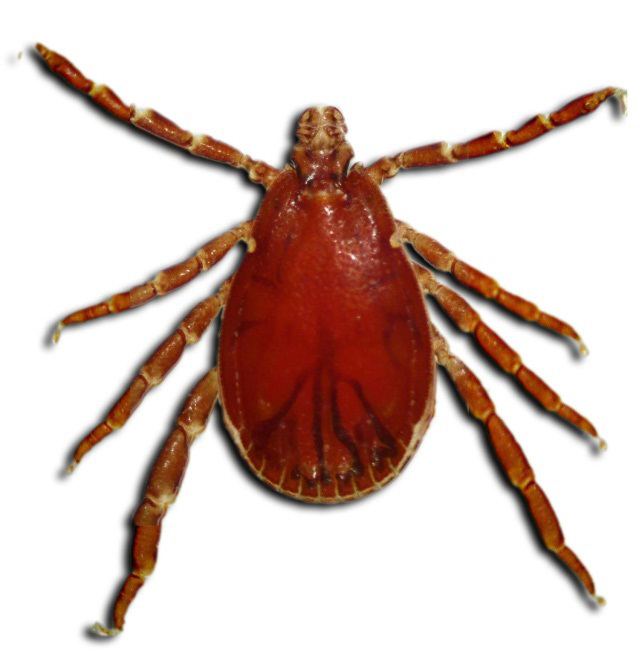Order Ixodida Scientific name Rhipicephalus Subclass Acari | Superorder Parasitiformes Rank Genus | |
 | ||
Lower classifications Rhipicephalus sanguineus, Rhipicephalus microplus | ||
Rhipicephalus boophilus ticks
Rhipicephalus is a genus of ticks in the family Ixodidae, the hard ticks, consisting of about 74 to 75 species. Most are native to tropical Africa.
Contents
- Rhipicephalus boophilus ticks
- The southern cattle tick rhipicephalus boophilus microplus newly hatched larvae 2
- Etymology
- References
Species are difficult to distinguish from one another because most are quite similar, but at the same time, individuals of one particular species can be quite variable. Most of the characters used to identify species pertain to male and immature specimens, and "females are sometimes simply impossible to identify".
Many Rhipicephalus are of economic, medical, and veterinary importance because they are vectors of pathogens. They transmit the pathogens that cause the animal and human diseases East Coast fever, anaplasmosis, babesiosis, rickettsiosis, Boutonneuse fever, Lyme disease, Q fever, Rocky Mountain spotted fever, and Crimean–Congo hemorrhagic fever, and they inject a neurotoxin in their bite that leads to tick-caused paralysis.
Boophilus was once considered a separate genus, but studies in the early 2000s resulted in Boophilus being made a subgenus of Rhipicephalus.
Species familiar in the domestic environment include the brown dog tick (R. sanguineus).
The southern cattle tick rhipicephalus boophilus microplus newly hatched larvae 2
Etymology
The name Rhipicephalus is derived from the Greek word "rhiphis", meaning "fan-like", and "kephalos", meaning "head". The two terms, "fan-like" and "head" are related to the hexagonal basis capituli of Rhipicephalus.
